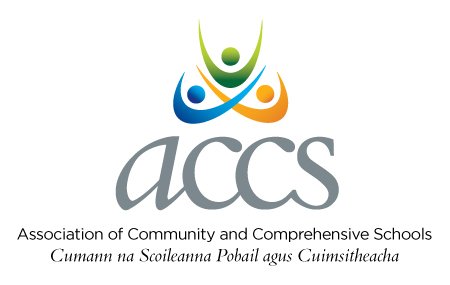ACCS/Info Bulletin 26/25
24th October 2025.
The Secretary,
Board of Management and
School Principal in
each Community and Comprehensive School.
Members of the Executive of ACCS.
ACCS/Info Bulletin 26/25.
Re: Special Classes and Space Optimisation.
Special Classes and Space Optimisation: (See also CL 0039/2025)
27 C&C schools selected to receive correspondence from the NCSE about the potential establishment of a new special class for 2026/27, if required.
Schools must plan and confirm new special classes for the 2026/27 year by the end of December 2025, as required by CL 39/2025.
Earlier confirmation of new special classes allows schools more time for building works, staff recruitment (including access to redeployment panels), policy development, admissions, and staff training.
Your school is now being given an opportunity to provide feedback to the NCSE in relation to this requirement to open a special class. Any such feedback should be provided within 10 working days from the date of this letter to: SCplanningfeedback@ncse.ie
Consult with ACCS or/and the school's Patron to discuss the process, available supports, and any guidance specific to the school's circumstances.
Assess current accommodation and identify any building or repurposing works needed to establish the new special class, seeking ACCS Building Officer guidance if required – Jim Twohig jtwohig@accs.ie.
Key supports and training available to schools opening new special classes:
Space Optimisation Guidance: Menu of options for optimising the learning space capacity in post-primary schools – Guidance issued by the DEY Planning and Building Unit – October 2025.
Maximising existing school space is crucial for meeting place provision, especially for students with SEN, with efficient timetabling being key.
Schools must consider their unique factors such as location, physical layout, student numbers, and teacher availability to find optimal space solutions.
Schools should review admissions policies to prioritise local student needs and target 90% utilisation of teaching spaces, taking into account Transition Year participation rates.
Efficient timetabling involves balancing class sizes (ideally 26-30 students), using staggered breaks, floating classes, and flexible classroom assignments to enhance capacity.
Implementing staggered breaks increases lesson availability, reduces crowding in canteens, improves supervision, and supports better use of facilities and staff resources.
Schools should consider available teaching and accommodation resources when expanding Senior Cycle subject options and may collaborate with neighbouring schools to broaden offerings.
Organising student work placements, for LCA and TY students, typically one day per week, helps maximise classroom and teacher availability.
Arranging desks in groups or pods supports capacity management and collaborative learning, and repurposing general spaces as active learning areas can extend educational opportunities beyond classrooms.
Is mise,
le mór mheas,
Áine O’Sullivan,
GENERAL SECRETARY.
ACCS
